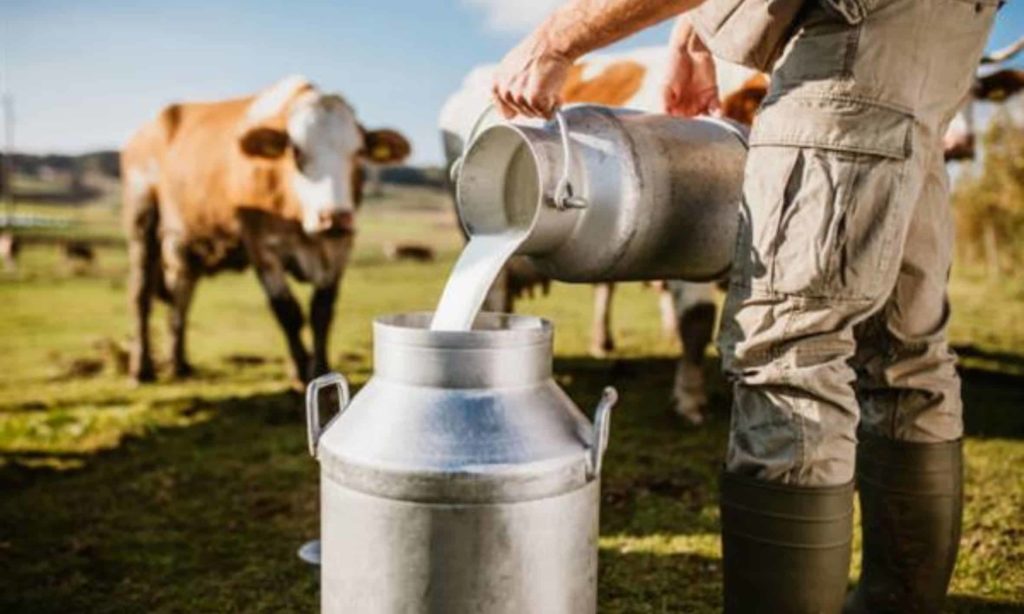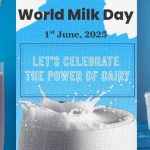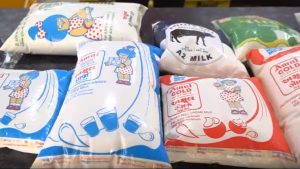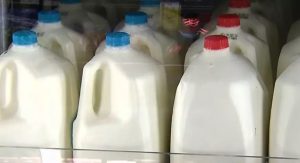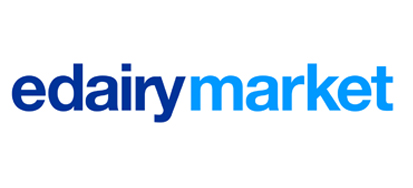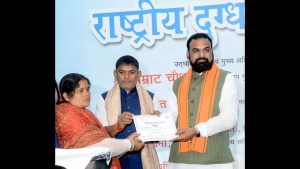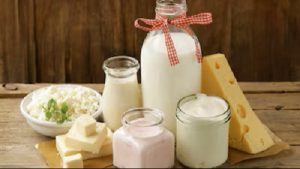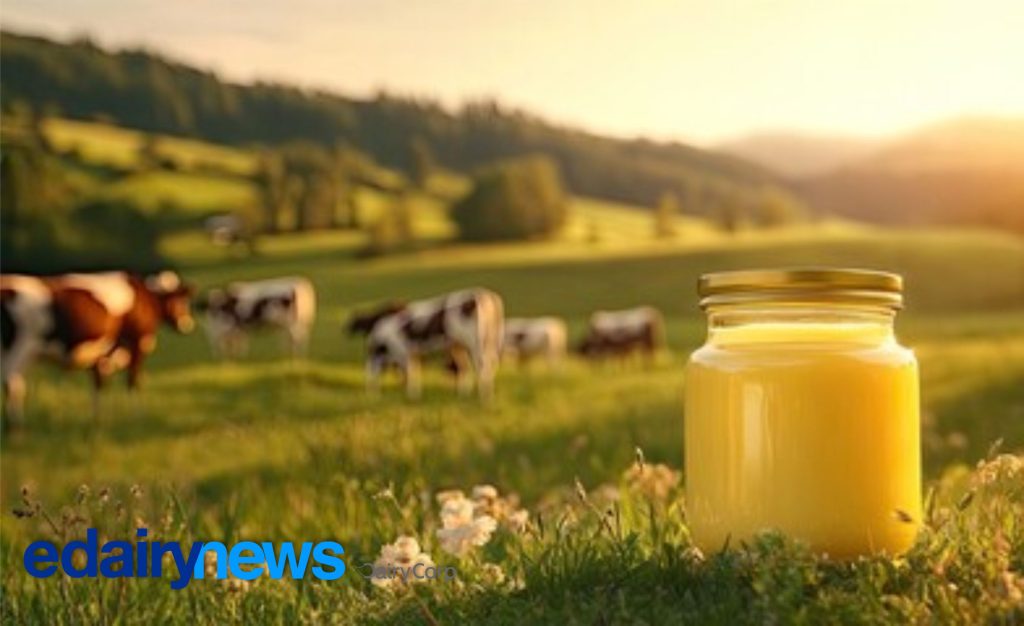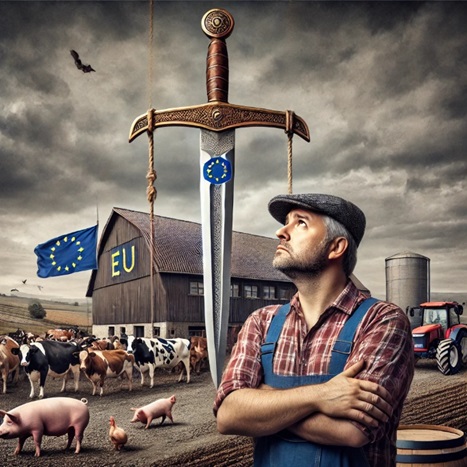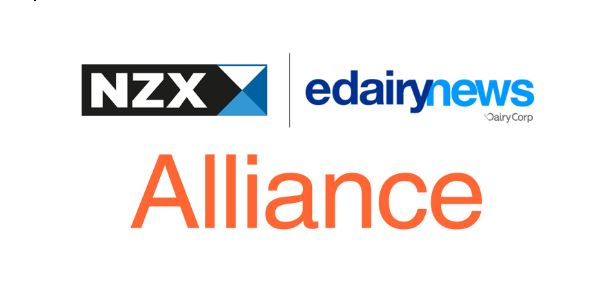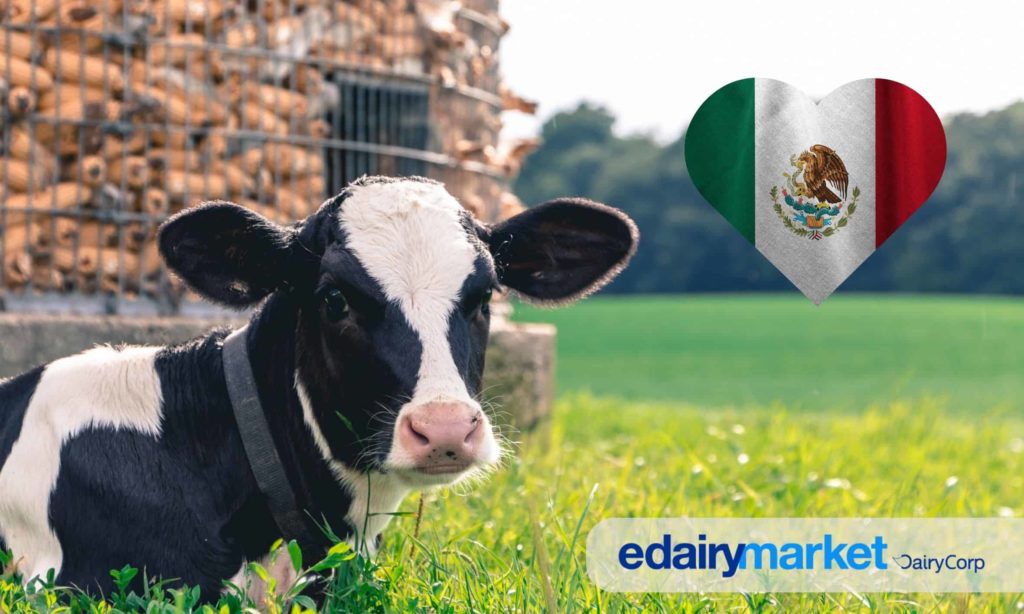
As India joins the global community in celebrating World Milk Day 2025 under the theme “Let’s Celebrate the Power of Dairy,” it is time to reflect not just on the glass of milk on our tables, but on the revolution behind it. India’s dairy story began with the pioneering work of Dr. Verghese Kurien, whose leadership during the first White Revolution (1970-1996) made India self-sufficient in milk through cooperative models, crossbreeding, and robust supply chains (Kurien, 2005). Today, White Revolution 2.0 represents a deeper, technology-driven, climate-resilient evolution of the dairy sector. India is the largest milk producer globally, contributing more than 24% of the world’s total production. In 2023-24, India produced 239.3 million tonnes of milk, marking a 3.78% year-on-year growth, with a per capita availability of 471 grams/day (Economic Times, 2024; NDDB, 2024). Comparatively, the second-largest producer, the United States, produced approximately 103 million tonnes, highlighting India’s massive lead (FAO, 2024).Milk supports livelihoods for over 80 million rural households and nearly 70% of workers in dairy production are women, playing crucial roles in milking, feed management, and home-based value addition (NDDB, 2023). Yet, the industry faces challenges of regional productivity gaps, poor cold-chain penetration, and fluctuating quality-issues being addressed through the tenets of White Revolution 2.0.
White Revolution 2.0 focuses on:
4AI-powered milk yield tracking and sensor-based cow health monitoring
4Genomic selection and semen sexing for breed improvement
4Digital livestock records under the National Digital Livestock Mission (NDLM)
4Value addition through Probiotic dairy, fortified products, and whey utilization
4Entrepreneurial training under schemes like RKVY-RAFTAAR and DAIRY-SAKHI (GOI, 2023).
One of the government’s key initiatives is the Rashtriya Gokul Mission, which received a boost of Rs. 2400 crore under the 2023-24 budget. The AHIDF has financed over Rs. 1,700 crore in modern dairying infrastructure, including chilling centers, bulk milk coolers, and mechanized milking units (DAHD, 2024). The e-Gopala App, launched by NDDB, has digitized breeding, vaccination, and milk production tracking for more than 6.8 million animals (NDDB, 2024). Sustainability is a core principle of White Revolution 2.0. Livestock contributes ~14.5% of global GHG emissions, and dairying is a significant component (FAO, 2023). India is addressing this through:
4Low-emission fodder crops like hybrid Napier
4Manure-to-biogas digesters, promoted under the National Bio-Energy Mission
4Feed additives like Asparagopsis taxiformis that can reduce methane emissions by 30-80%
4Solar-powered milk chilling units for rural cooperatives (MNRE, 2024)
On the research front, institutes such as ICAR-NDRI, NDDB, and agricultural universities are advancing:
4A2 milk genetics programs to promote Gir, Sahiwal, and Red Sindhi breeds
4Functional milk products rich in vitamin D, calcium, and omega-3 fatty acids
4Blockchain integration for milk traceability (pilot with Amul, 2023)
4Biosensors for detecting antibiotic and aflatoxin residues (ICAR-NDRI, 2024)
Private players are also innovating rapidly. The Indian dairy industry is expected to grow at a CAGR of 6.4%, reaching ?21 lakh crore by 2027, driven by consumer demand for organic, functional, and convenience-based dairy products (IMARC, 2024). Urban consumers are increasingly purchasing UHT milk, probiotic yogurts, and low-fat paneer, while rural markets are shifting to bulk tank collection systems and automated testing kits (FICCI, 2024). World Milk Day 2025 also comes at a time when India is emerging as a significant exporter of dairy products, especially to SAARC, ASEAN, and Gulf nations, with a 38% increase in skimmed milk powder (SMP) and casein exports since 2022 (APEDA, 2024). Government support under Remission of Duties and Taxes on Export Products (RoDTEP) has further boosted competitiveness. SKUAST-Jammu is actively contributing to White Revolution 2.0 through its UT Dairy Development Program, working on local breed nutrition profiling, cost-effective ration balancing, and student-led value addition startups under the READY program. However, challenges remain; seasonal price fluctuations and the persistent threat of milk adulteration affect both consumer trust and farmer income. To overcome these, we must focus on youth empowerment through dairy entrepreneurship, value addition through products like cheese, paneer, whey drinks, and dairy nutraceuticals and expanding our export portfolio, especially of GI-tagged traditional products such as Gir cow ghee, Kalari cheese from Jammu & Kashmir, and Mathura peda. Let us take this day not just to celebrate dairy as a product, but to reaffirm our dedication to dairy as a pathway to health, equality, economic resilience, and environmental stewardship. Let dairy be not only what we consume, but what we champion-for our people and our planet.
(The author is Assistant Professor (Dairy chemistry) Faculty of Dairy Technology, SKUAST-Jammu)
You can now read the most important #news on #eDairyNews #Whatsapp channels!!!
🇮🇳 eDairy News ÍNDIA: https://whatsapp.com/channel/0029VaPidCcGpLHImBQk6x1F
